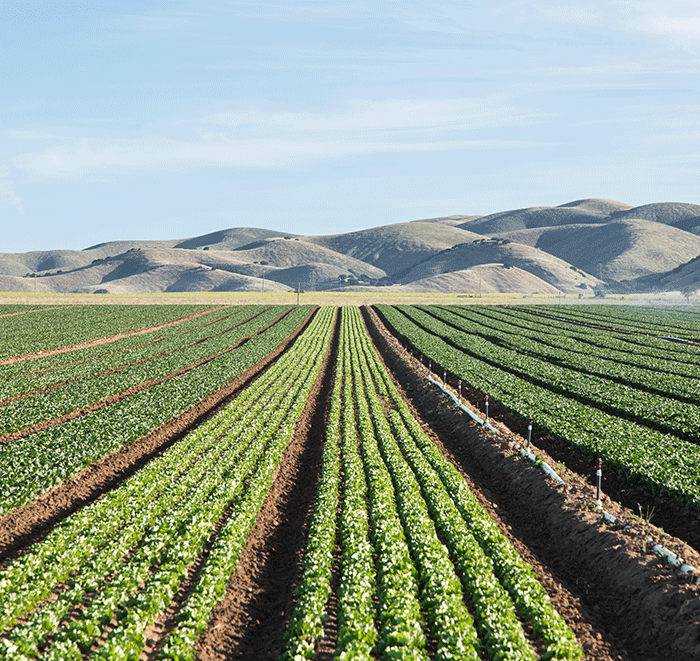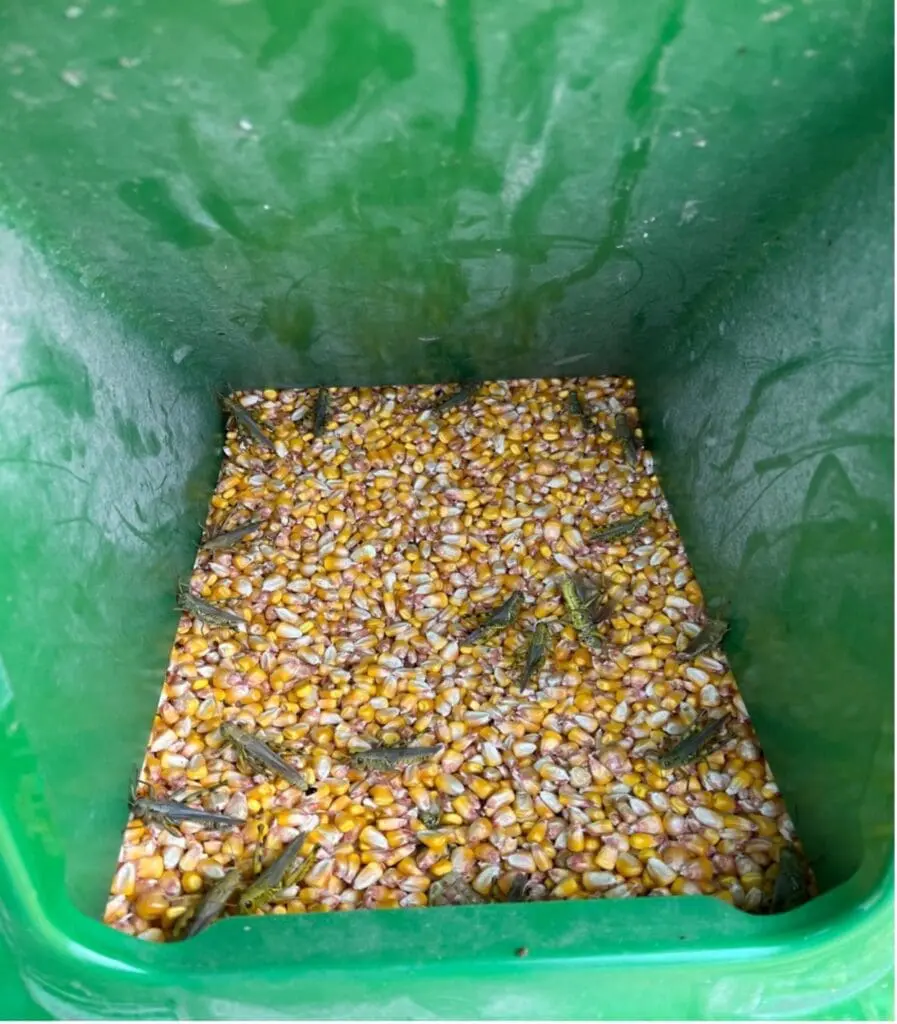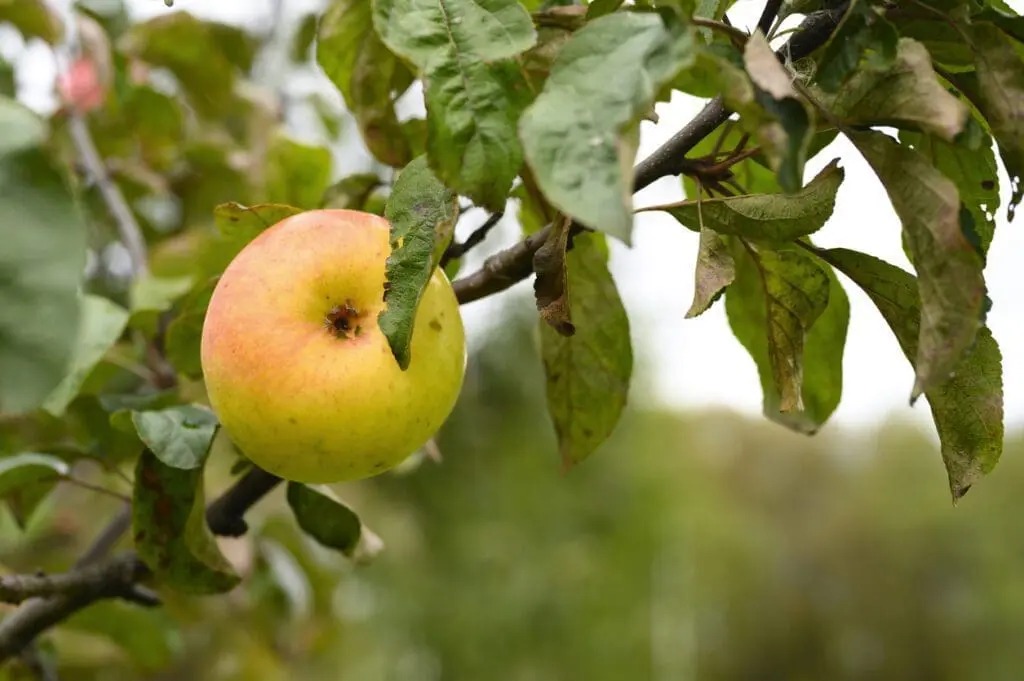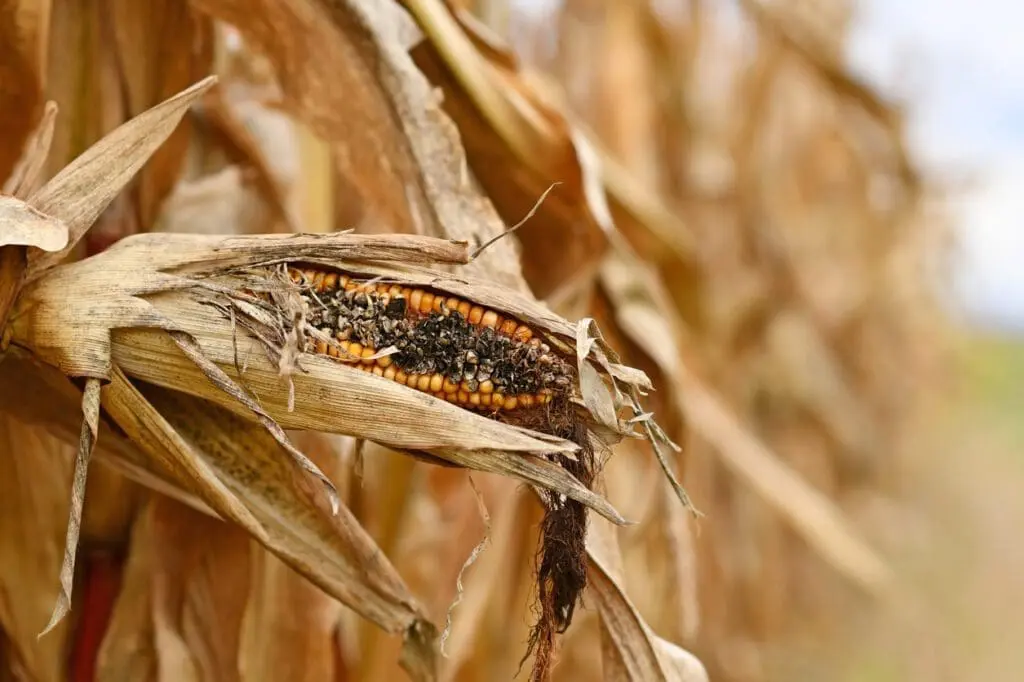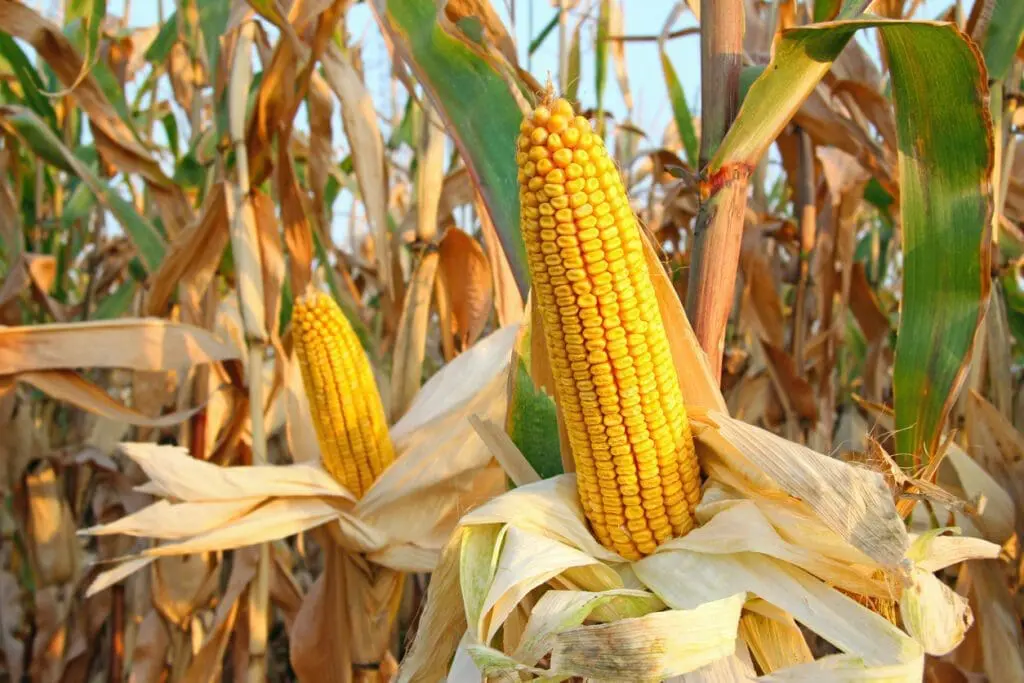
You’re never alone when you have The Power of We™.
Lorem ipsum dolor sit amet, consectetur adipiscing elit, sed do eiusmod tempor incididunt ut labore et dolore magna aliqua


Need to speak to an agronomist?
Vivamus sagittis lacus vel augue laoreet rutrum faucibus dolor auctor.
EXPLORE ALL EDUCATION & RESOURCES
Common Challenges Around Harvest & How to Overcome
Grasshoppers It is not uncommon to find a population of grasshoppers in your combine tank. Normally around the field edges or maybe in a weed-laden area of the field. Grasshoppers are often worse in hot, dry conditions. One big reason is that insects, as...
Postharvest Nutrition
For ideal results, incorporating nutrients back into the orchard postharvest is no different than any other time of the year except for timing. We’re on the clock. Irrigation is going to shut off in October for the irrigation districts. Without irrigation, we must...
Six Common Stalk Rots
Stalk rot development happens most years to some degree and this year it will follow a “vulture on the carcass” analogy as the plant had already pre-maturely died from this year’s weather pattern and then the disease infections began. Following is a brief...
How Fast Will This Year’s Corn Dry?
Drydown after black layer formation varies greatly from hybrid to hybrid. Hybrid characteristics such as husk coverage and heavy test weight can have a significant impact on field drying. A general rule of thumb is that 30 GDUs are needed to lower the grain...
